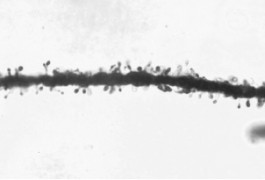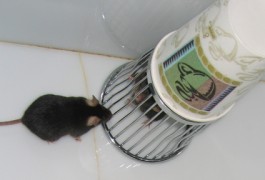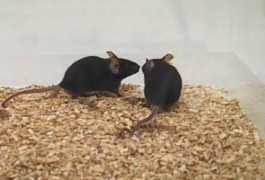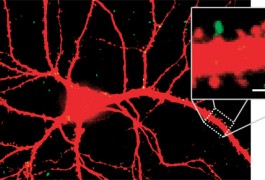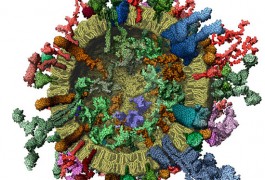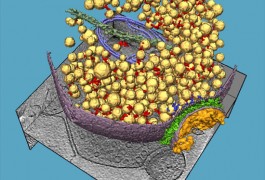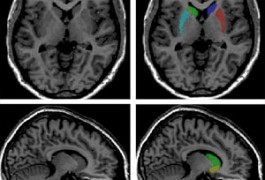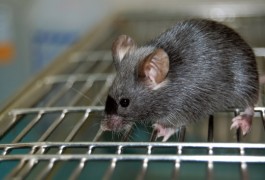Video: The next decade in autism research
In a keynote lecture on Tuesday at the Society for Neuroscience annual meeting in San Diego, Nat Heintz predicted that over the next ten years, scientists will piece together detailed molecular signatures of each of the hundreds of cell types in the mouse brain. After the talk, he sat down with SFARI on a sunny patio to discuss what this decade of advancements might mean for autism research.

